The economical and socio-cultural structure of the country has a cuisine that is shaped by both nutritional habit and its agricultural structure and production. Turkish cuisine is among the world-renowned cuisines. Turkish cuisine is also rich in flavor and variety, apart from the differences in the techniques of preparing and cooking food.
Nutrition is one of the basic necessities of human beings. It is possible to determine the old nutrition and cuisine culture of previous centuries via archaeological excavations. Kitchen utensils, animal bones, and sculptures extracted from the excavations give us clues. It is thought that horse meat was consumed in the old ages, along with deer, sheep, and cattle meats. However, horse meat consumption decreased as the Turks urbanized.
The typical diet was enriched with fermented dairy products and meat in Turkish cuisine of the Central Asian Period. All of these effects moved to Anatolia over time. In Mesopotamia, cereal came into prominence, related to certain developing agricultural crops. With the influence of the Mediterranean cuisine, vegetable and fruit varieties diversified. Wheat, rice, olives, and olive oil have become predominantly consumed foods after meat and dairy products. Over time, all these foods were combined to create different flavors.
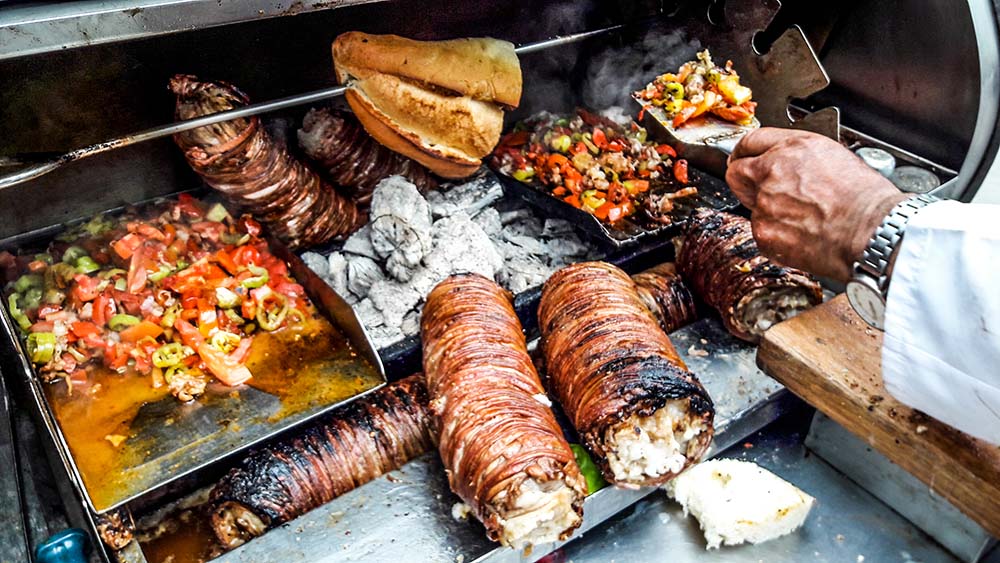
Kokoreç
When you say Turkish cuisine, dozens of kinds of rice come to mind. Many countries of the world love our extensive food culture. However, our cuisine has also some foods that push people’s limits. These flavors are made up of an astonishing variety of content for different cultures of the world cuisine. According to Prof. Andrew Dalby, those assertive foods are the remains of Byzantium, in such, a kind of difference between the countryman and the cityman.
1. Şırdan
Şırdan is an indispensable flavor of the Adana region. It is made from the stomach of an animal. A sheep has four stomachs to digest, and the şırdan is one of them. Sırdan is prepared by stuffing the stomach with various spices, onion, rice and bulgur.
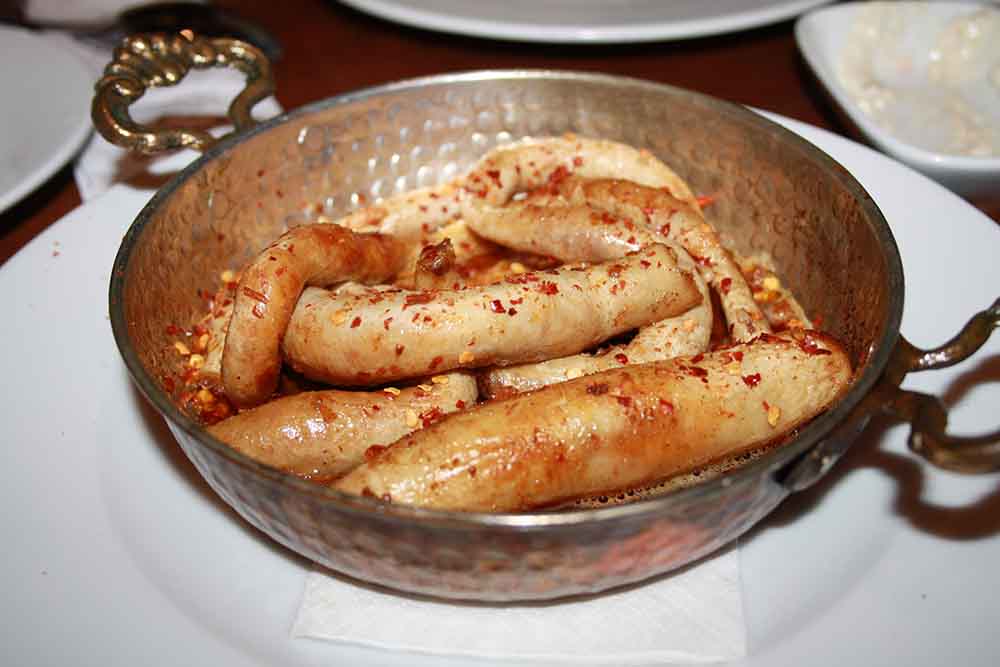
Şırdan
2. Kokoreç
Kokoreç’s history dates to centuries ago. The exploration of kokoreç in the Turkic tribes in the Central Asian Era was discovered by archaeological remains and authenticated in both Chinese and Turkish books. It is prepared by cleaning animal intestines, in particular spring lamb is deemed the most delicious. There is plenty of seasoning, consisting of thyme, cumin, and chilli flakes. Of course, tomatoes and peppers should not be forgotten. According to recent studies, serotonin has been found in kokoreç and it has been revealed that it gives people happiness.
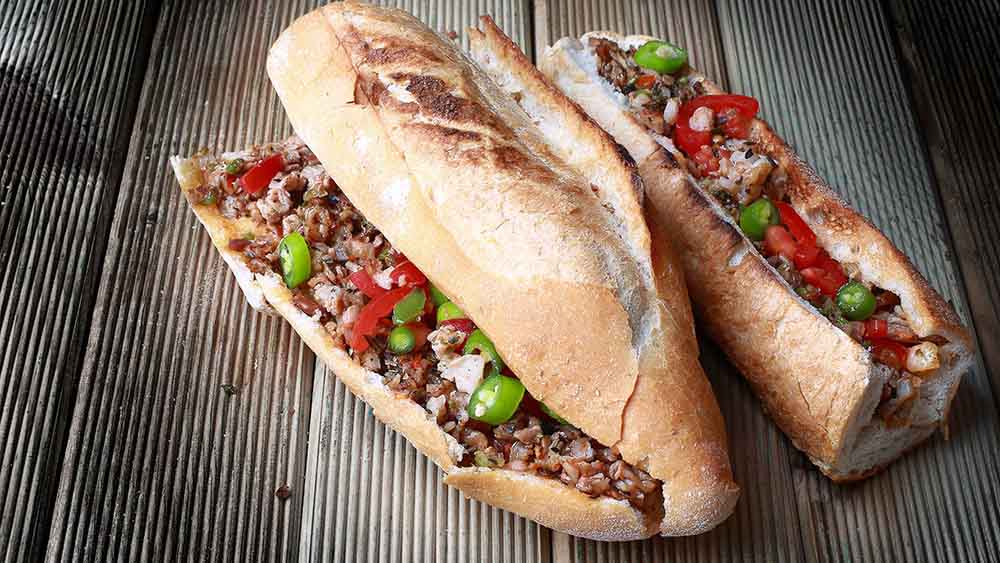
Kokoreç
3. İşkembe (Tripe)
When someone say tripe, we first understand tripe soup, however it can also be prepared with chickpeas, sauté, fried, and roasted too. Garlic is the inseparable part of tripe soup. A high level of hygiene and intense labor are required to make tripe soup, which is also seasoned with lemon, egg yolk, and yoghurt.
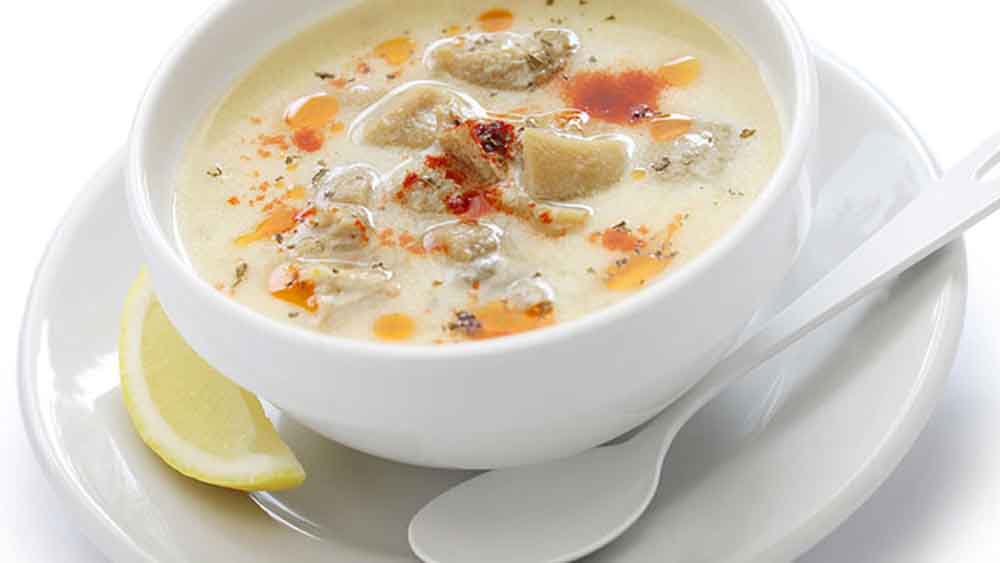
İşkembe soup
4. Kelle Paça Soup
Kelle paça is one of the leading soups for people who have bone disease or a broken bone because the collagen in it quickly repairs tissues and strengthens bones. When the soup is cooked and left to cool, the juice gets a jelly-like consistency. This liquid is very important for cartilage, and bones. This flavor is made from animals’ heads and feet. Garlic is also used as sauce.
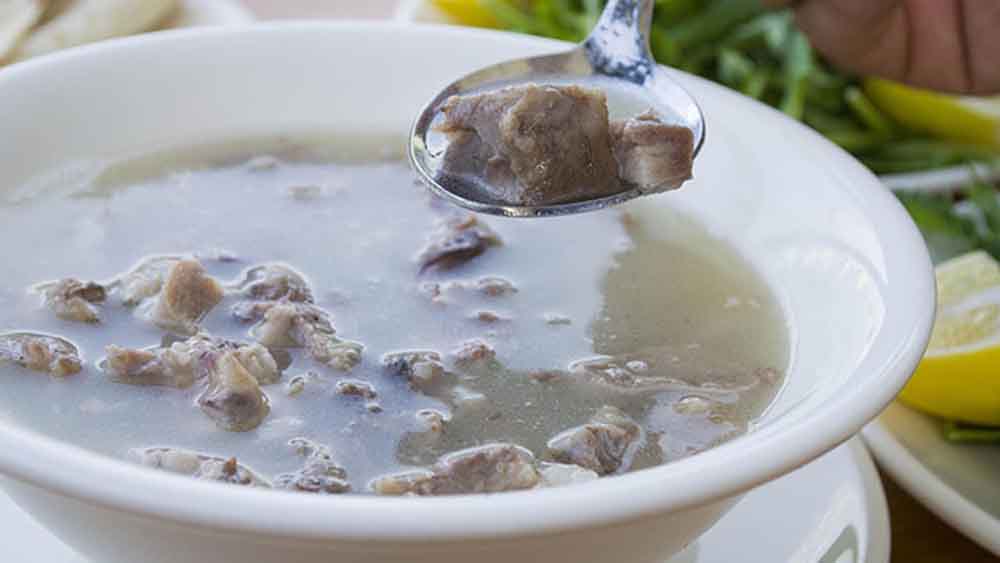
Kelle paça
5. Midye Dolma (Stuffed Mussels)
İzmir is one of the most unique cities in the world. The mussel is a typical street snack of İzmir, although it is also produced in other cities. It is thought that the mussel have a long history, perhaps as long as İzmir’s 8500 years. Mussels are a must-have- with beer. Stuffed mussels with lemon juice (indispensable), rice, and spices are very popular.
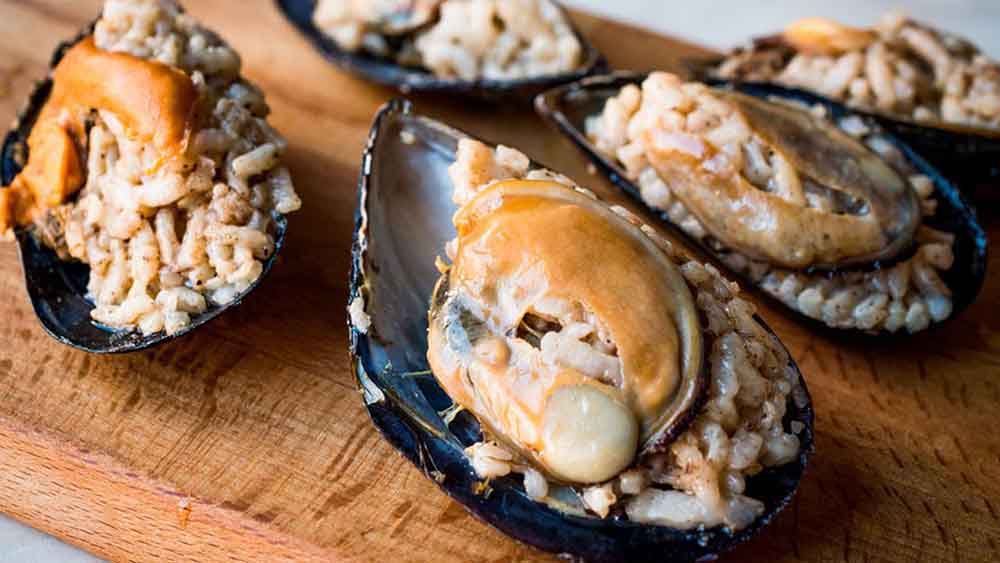
Midye dolması
6. Bumbar (Mumbar) Dolması (Stuffed Sheep Sausages)
Bumbar Dolması is part of Turkish cuisine and is a type of stuffed intestine, prepared by filling the large intestines of animals such as sheep, cattle, or goats. Just as animals’ milk has been used for centuries, animal meat and all kinds of organs are also used for cooking. Of course, this meal should also be prepared with careful hygiene.
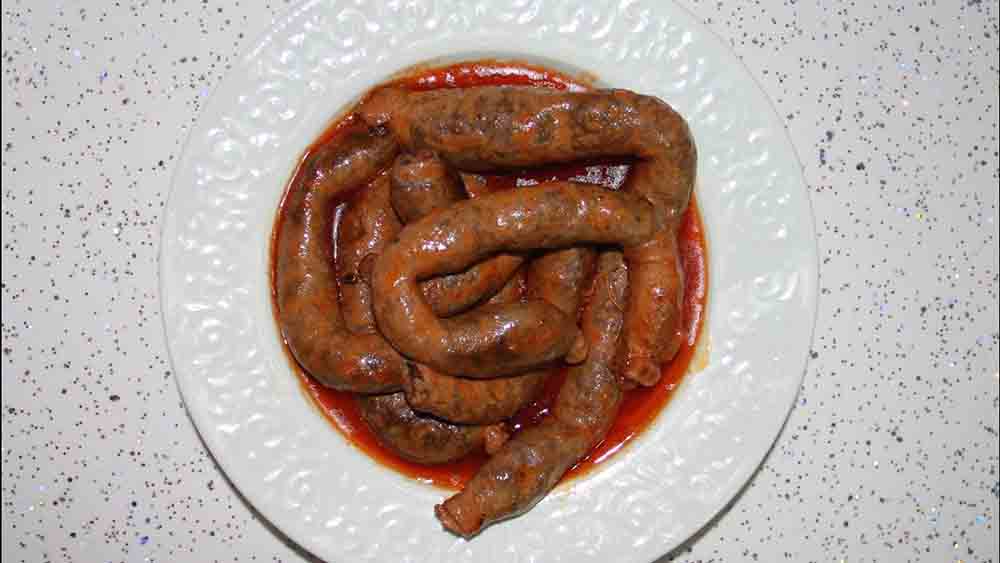
Mumbar dolması
7. Brain Foods
The human body needs to consume internal organs as well as the meat of animals, and the brain is no exception. Animal brains have Omega-3 nutrients, and so it is a valuable nutrient for the nervous system in particular. You can cook brain in soups, put it on salads, and pan fry it.
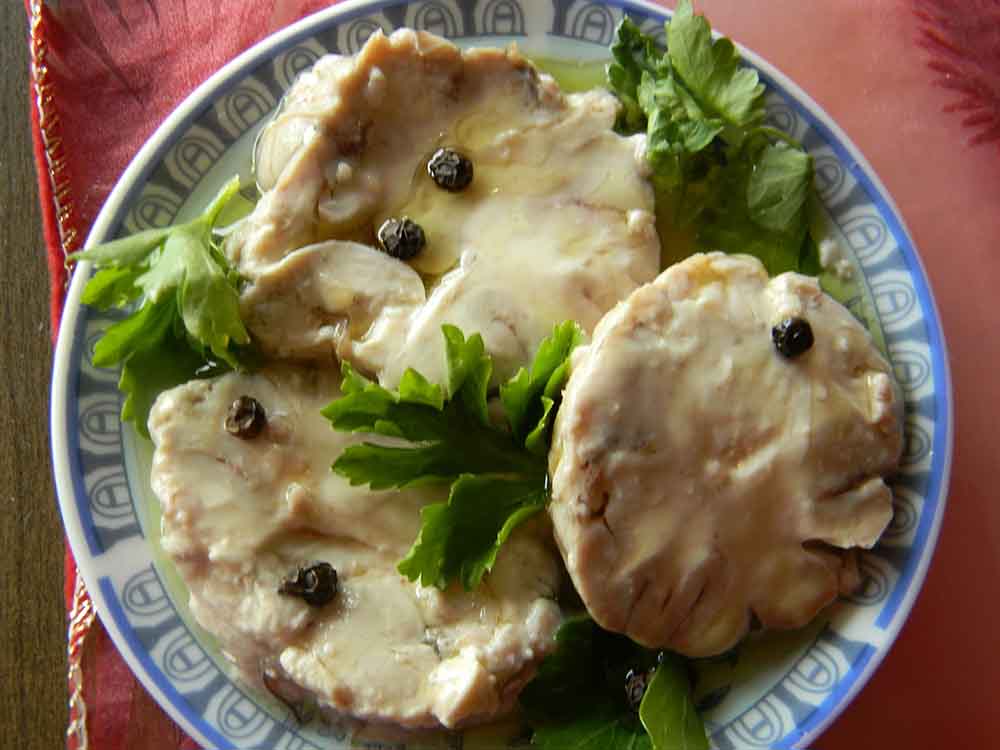
Brain salad. Photo: visnap.blogspot.com
